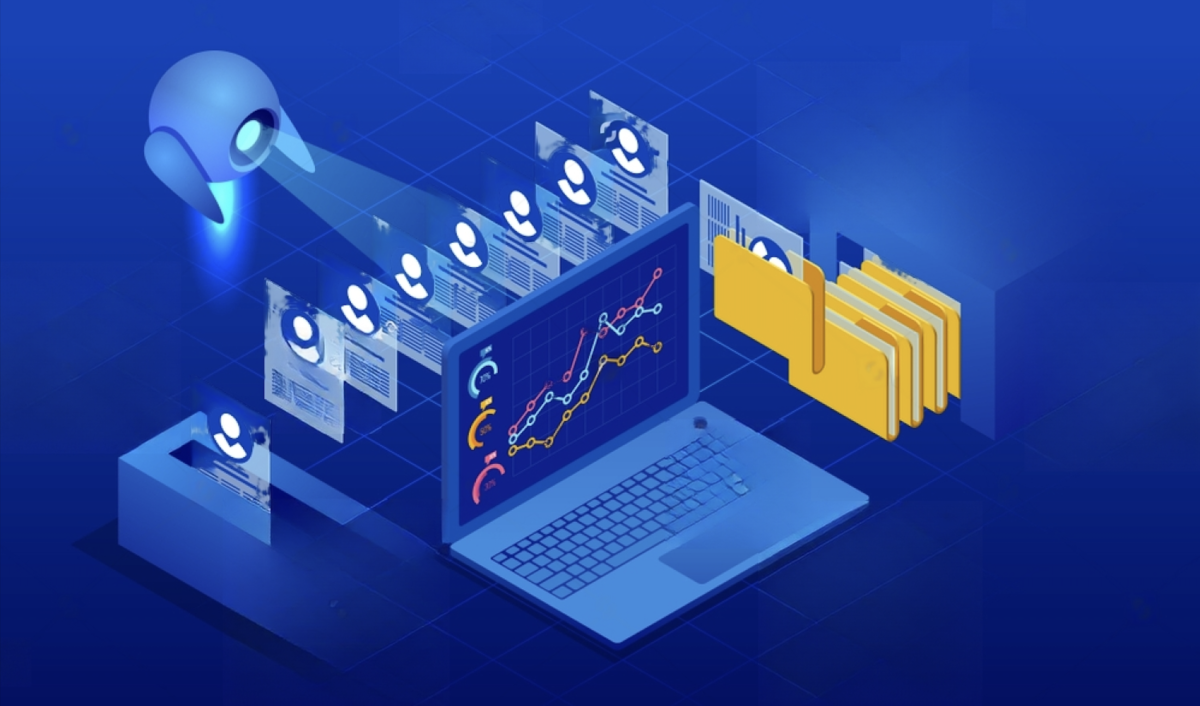BLOG

AI-driven blind recruitment is transforming the world of hiring, enabling a focus on skills and qualifications, reducing biases and fostering diversity in the process. This approach anonymises applicant data, removes identifying details, and eliminates unconscious biases during evaluation. The result is a more diverse, creative, and effective workforce, with top talent discovered that might have been overlooked previously.
However, there are challenges to fully benefiting from the potential of AI-driven blind recruitment. The risk of algorithmic bias is a significant concern, unintentionally promoting existing biases rather than reducing discrimination. To address this issue, businesses must proactively monitor and refine their AI tools to ensure a fair and transparent hiring process.
A careful balance must be maintained between automation and human intuition. While technology plays a vital role in reducing unconscious bias, human judgement remains essential for evaluating a candidate’s cultural fit, soft skills, and other intangible qualities contributing to their potential success.
The rise of technology has influenced how companies approach training and education. As the need for professionals adept in machine learning and data analysis is growing, businesses are looking for people who can work with such models and think creatively to develop applications.
To embrace AI-driven blind hiring, businesses must maintain this balance and continuously monitor algorithms for fairness. With a more diverse and inclusive workforce, companies can leverage technology as a tool to improve their strategies.
In summary, AI-driven blind recruitment is essential for creating a diverse and inclusive workforce. Businesses can benefit by focusing on skills and qualifications, reducing biases, fostering diversity, and continuously monitoring algorithms.

AI-driven blind recruitment is transforming the world of hiring, enabling a focus on skills and qualifications, reducing biases and fostering diversity in the process. This approach anonymises applicant data, removes identifying details, and eliminates unconscious biases during evaluation. The result is a more diverse, creative, and effective workforce, with top talent discovered that might have been overlooked previously.
However, there are challenges to fully benefiting from the potential of AI-driven blind recruitment. The risk of algorithmic bias is a significant concern, unintentionally promoting existing biases rather than reducing discrimination. To address this issue, businesses must proactively monitor and refine their AI tools to ensure a fair and transparent hiring process.
A careful balance must be maintained between automation and human intuition. While technology plays a vital role in reducing unconscious bias, human judgement remains essential for evaluating a candidate’s cultural fit, soft skills, and other intangible qualities contributing to their potential success.
The rise of technology has influenced how companies approach training and education. As the need for professionals adept in machine learning and data analysis is growing, businesses are looking for people who can work with such models and think creatively to develop applications.
To embrace AI-driven blind hiring, businesses must maintain this balance and continuously monitor algorithms for fairness. With a more diverse and inclusive workforce, companies can leverage technology as a tool to improve their strategies.
In summary, AI-driven blind recruitment is essential for creating a diverse and inclusive workforce. Businesses can benefit by focusing on skills and qualifications, reducing biases, fostering diversity, and continuously monitoring algorithms.